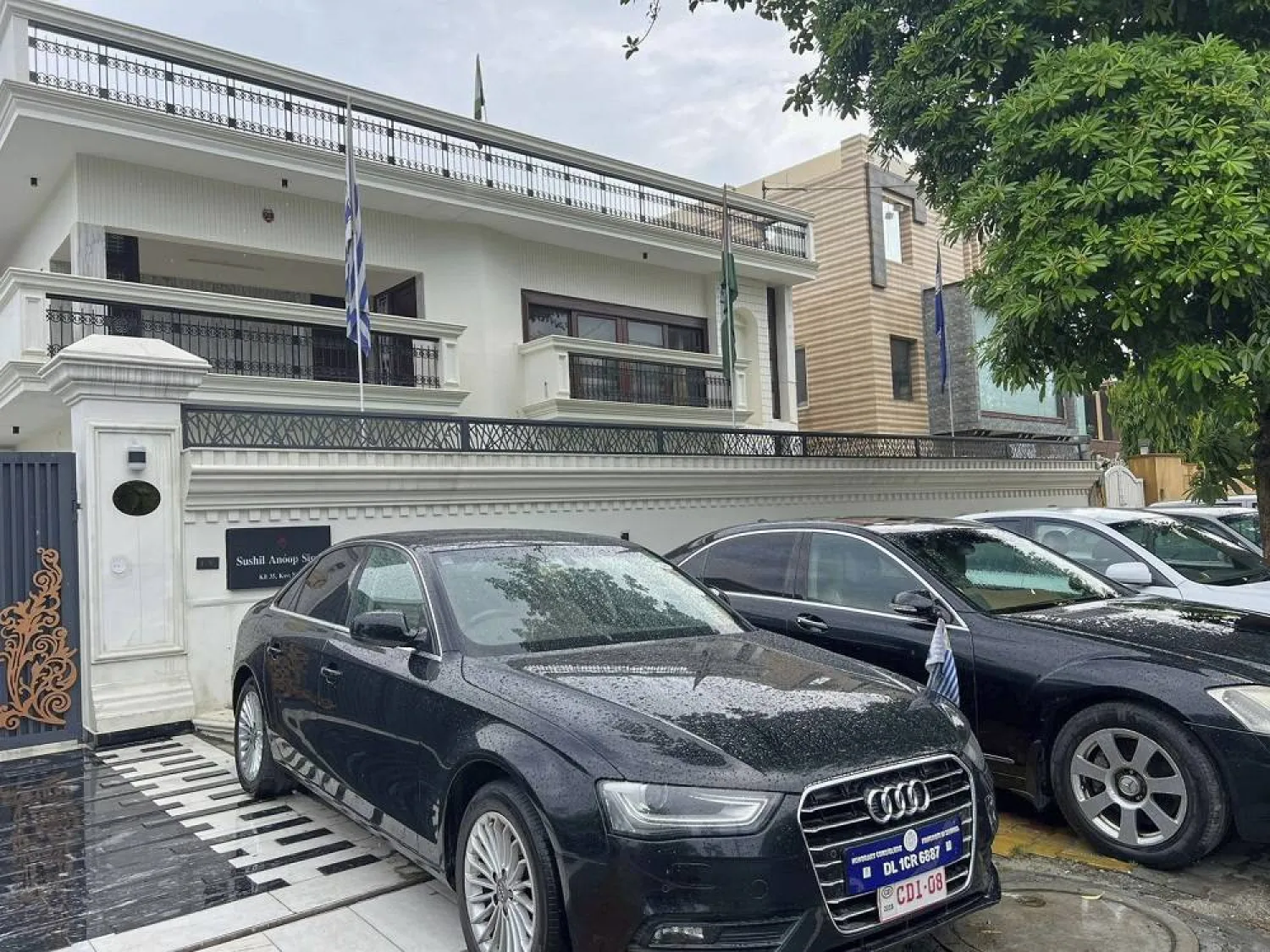Beauty brands are looking to research and technology to sniff out the factors that lure buyers, according to a report by The Guardian.
Making perfume is an art that can be traced back to ancient Greece but now modern-day perfumiers are beginning to look beyond their noses to develop the scents most likely to appeal to us. They are, instead, turning to AI.
Perfumes can now be designed to trigger emotional responses using ingredients known as neuroscents – odors shown by biometric measures to arouse different positive feelings such as calm, euphoria or sleepiness. Hugo Ferreira, a researcher at the Institute of Biophysics and Biomedical Engineering in Lisbon, is mapping brain activity and response to perfumes to build a database of neuroscents.
He says the sense of smell is fascinating. “With sight and hearing, you can imagine the face of a loved one or favorite tune. It’s hard to imagine a smell even though it can provoke a torrent of emotions and memories.”
Ferreira says this is due to the structure of the olfactory system. Messages from scent receptors are sent via the olfactory bulb to different brain areas that control everything from memory or thirst to stress reactions.
“Olfaction is the most diverse sense with many different receptors. It’s estimated that there are about 400 different olfactory receptor gene families. Among other things these various connections may explain how we can ‘smell fear’, or the smell of victory,” he added.
Many beauty brands have invested in neuroscent research and technology, as the possibilities of creating fragrances proven to make consumers feel good are obviously big. L’Oréal has partnered with neurotechnology company Emotiv to create a scent choice “experience”.
During 2023, shoppers at certain Yves Saint Laurent stores worldwide have used a headset to create an electroencephalogram – EEG – to discover which scents appealed to them. Results so far show that 95% of customers who used the headset found the right perfume.
Fashion and fragrance business Puig says it took 45 million brain readings from men aged 18-35 to finesse the cologne Phantom by Paco Rabanne, adding lavender and lemon to the formula as a result of its research.
Givenchy Irresistible eau de parfum – the latest iteration of the Very Irresistible range that has been a bestseller for 20 years – includes a rose extract dubbed “anti-morose”, chosen after biometric research.







